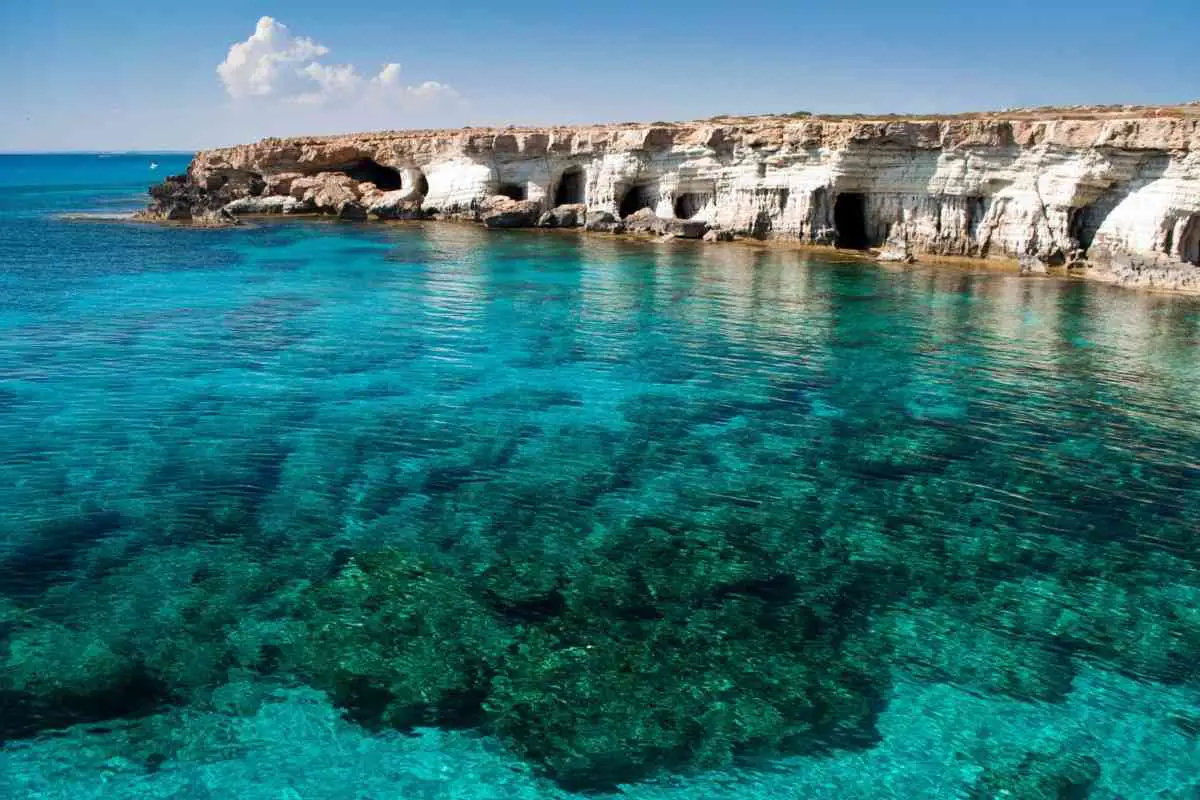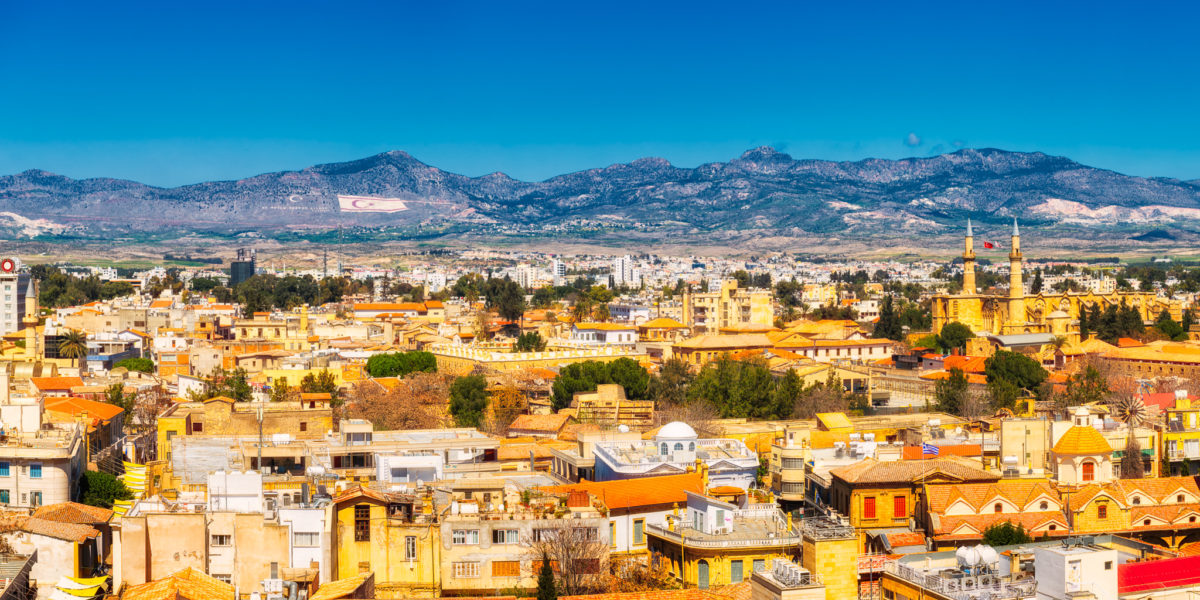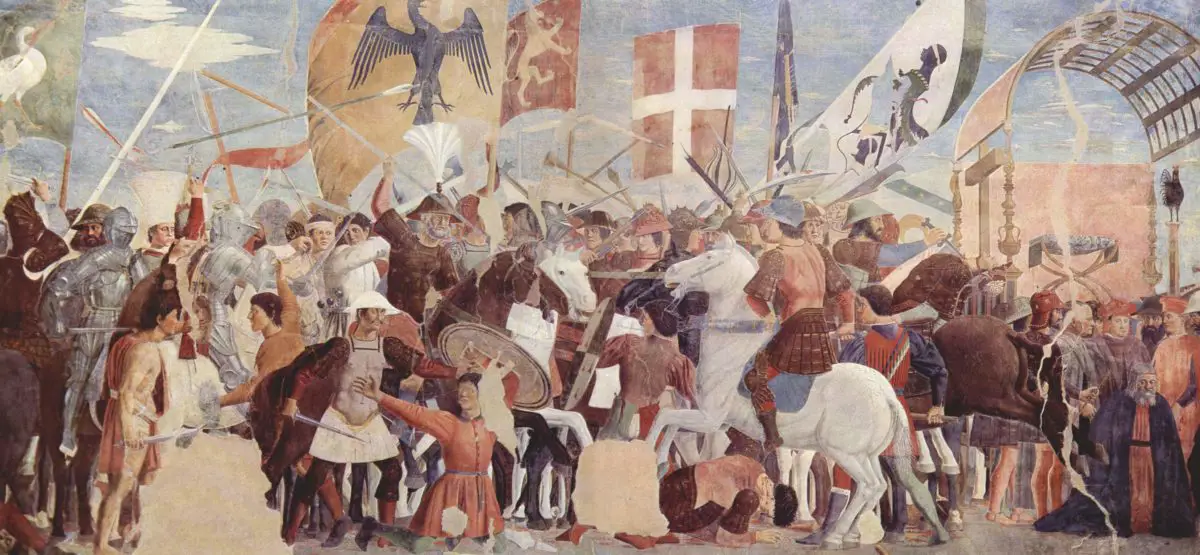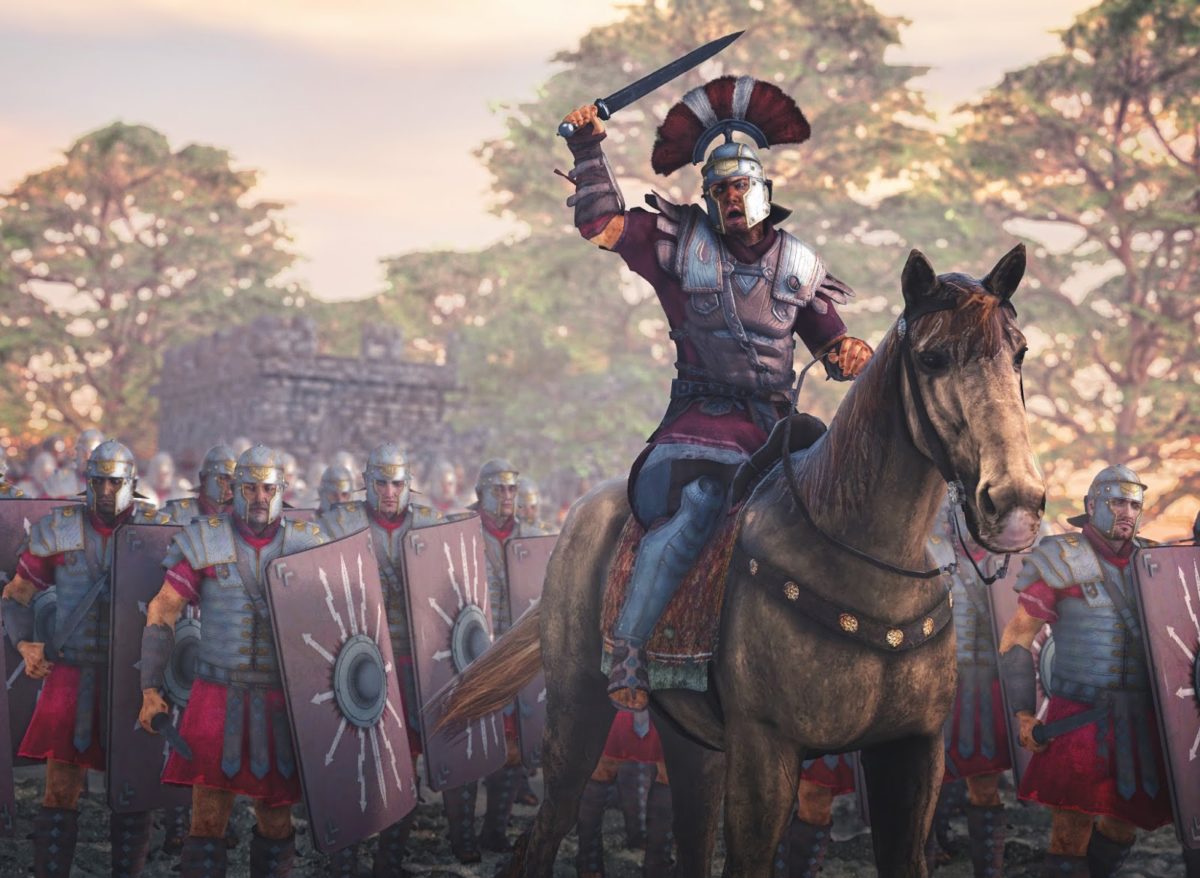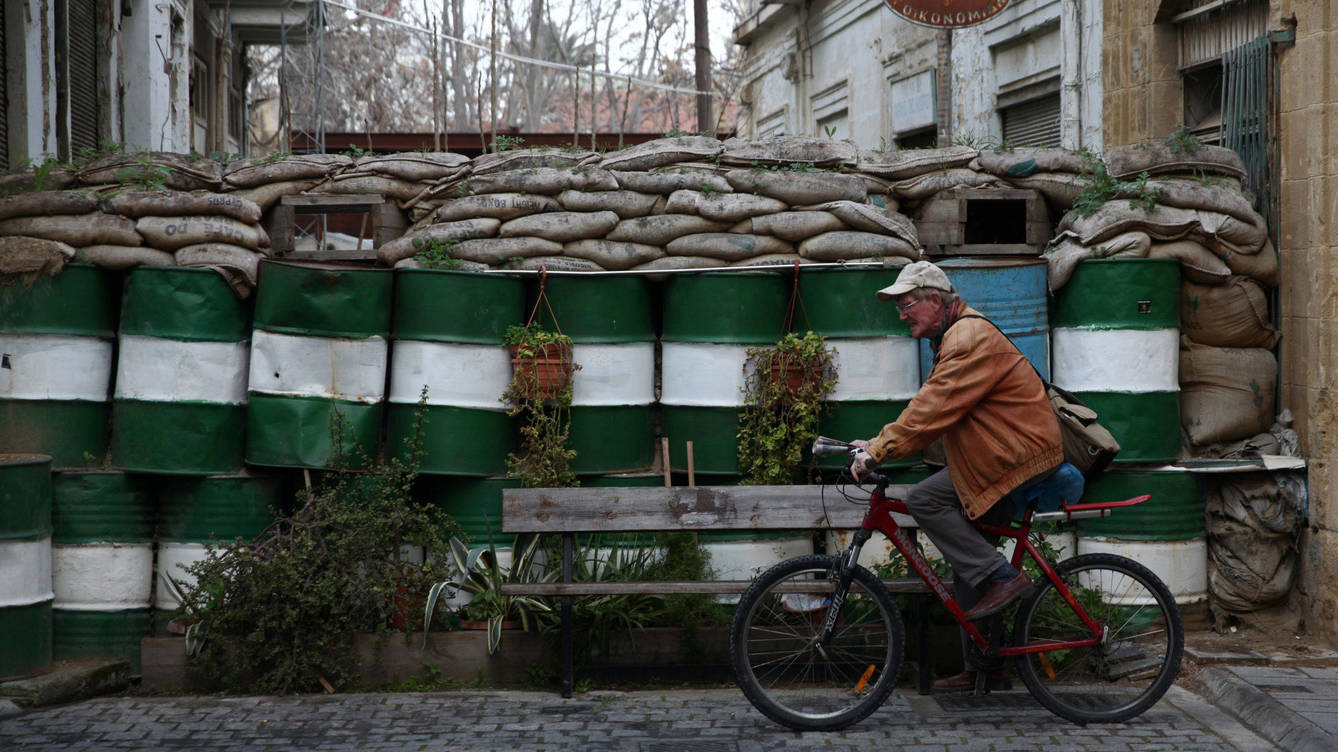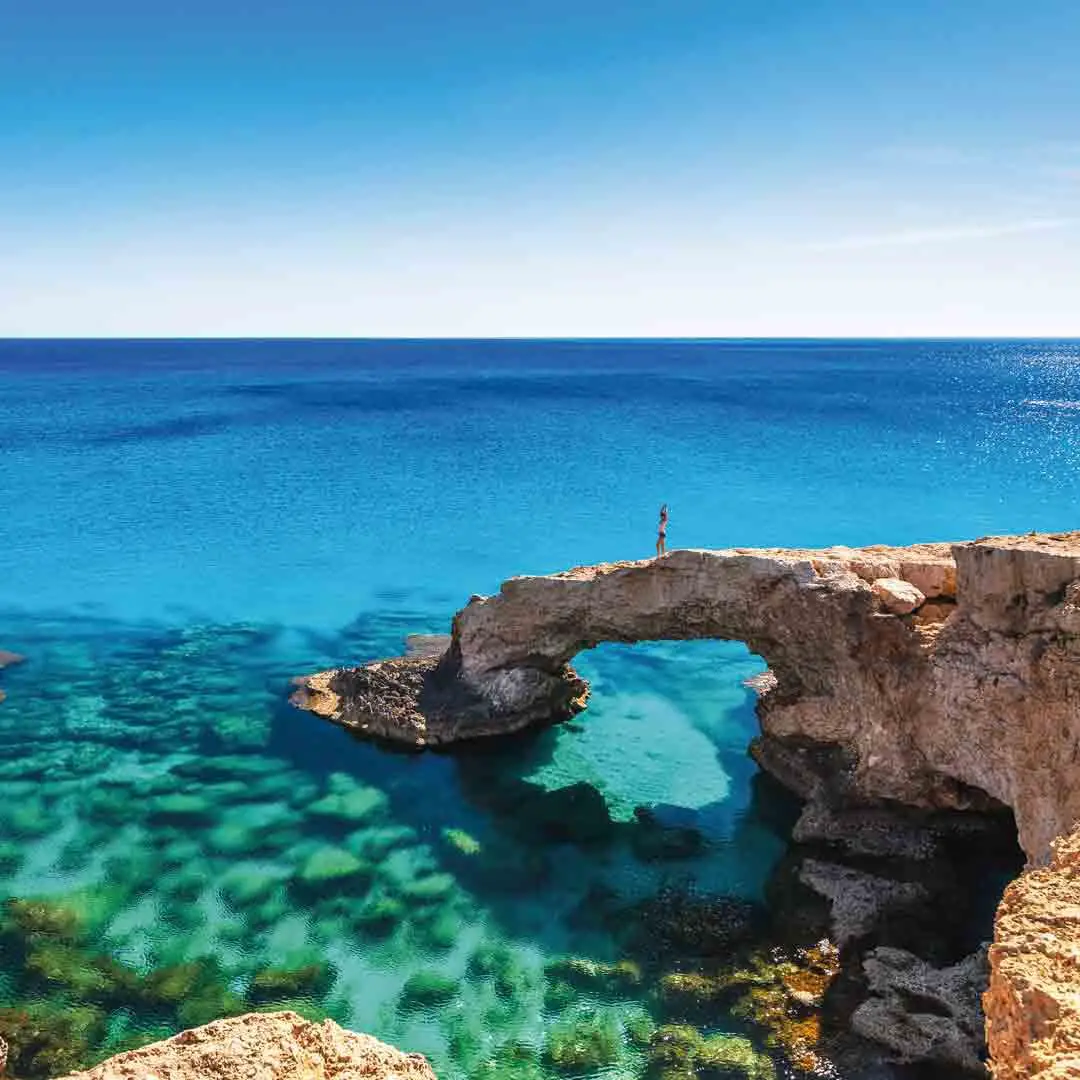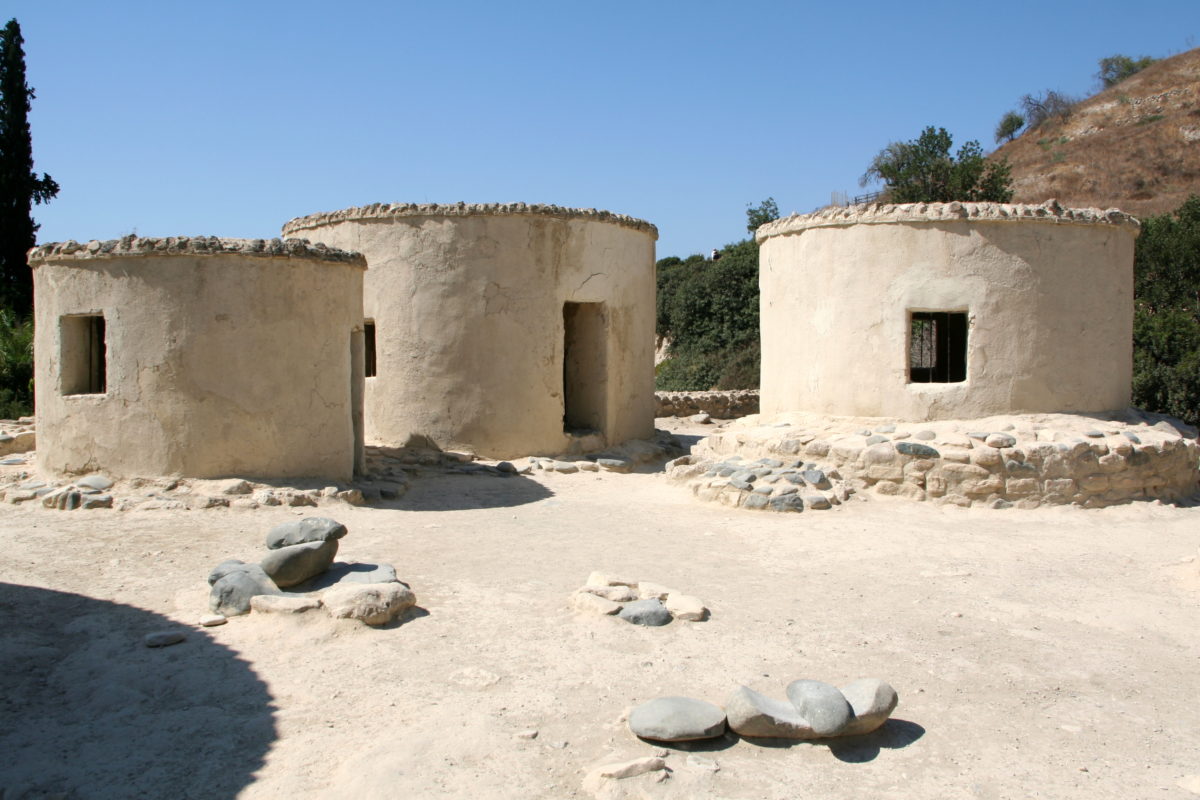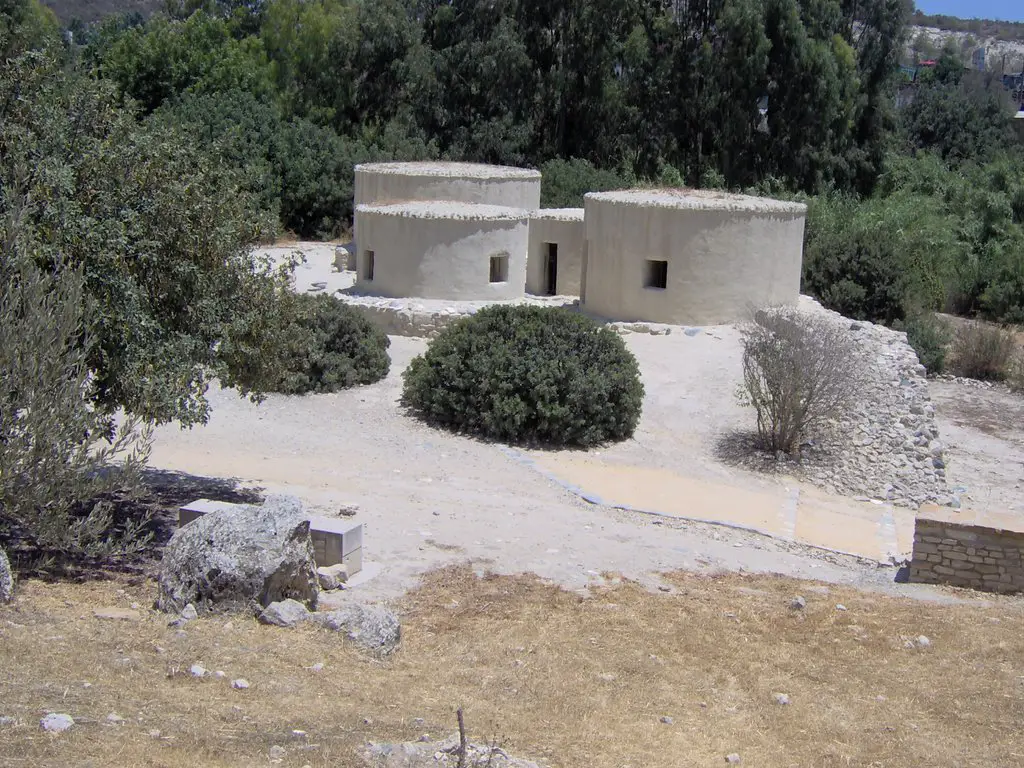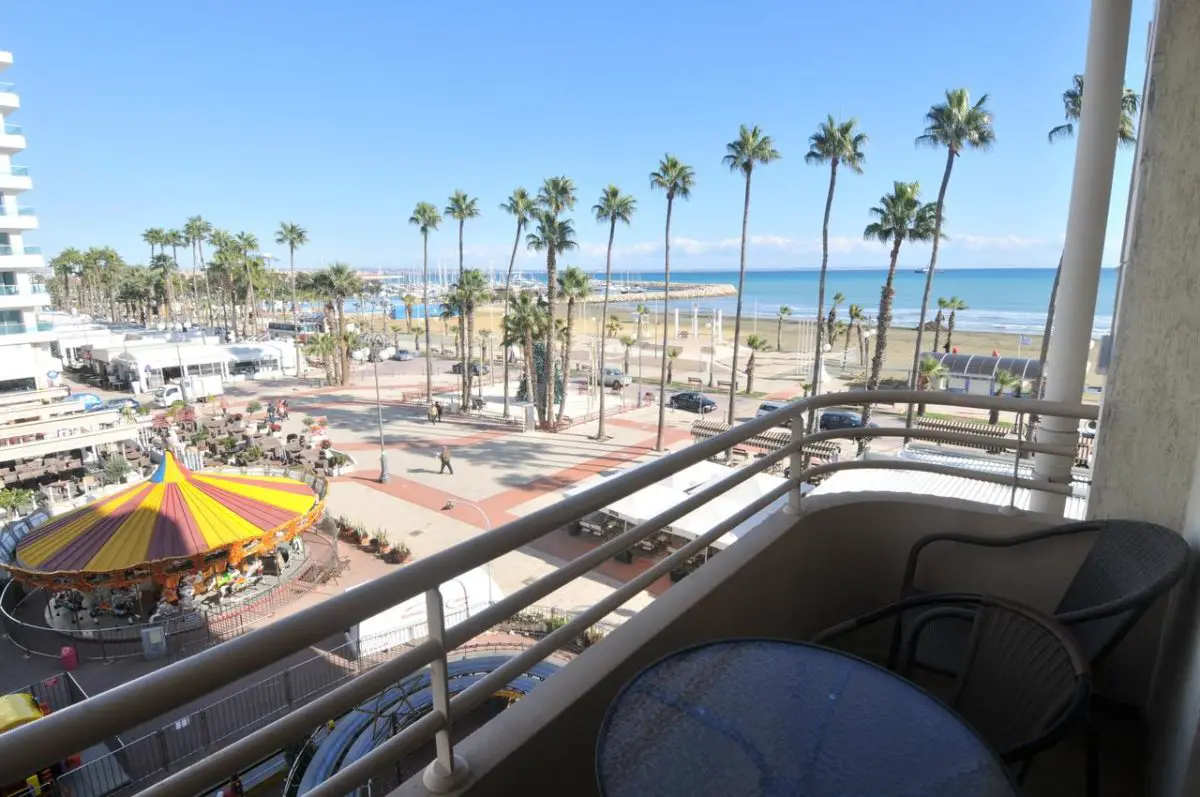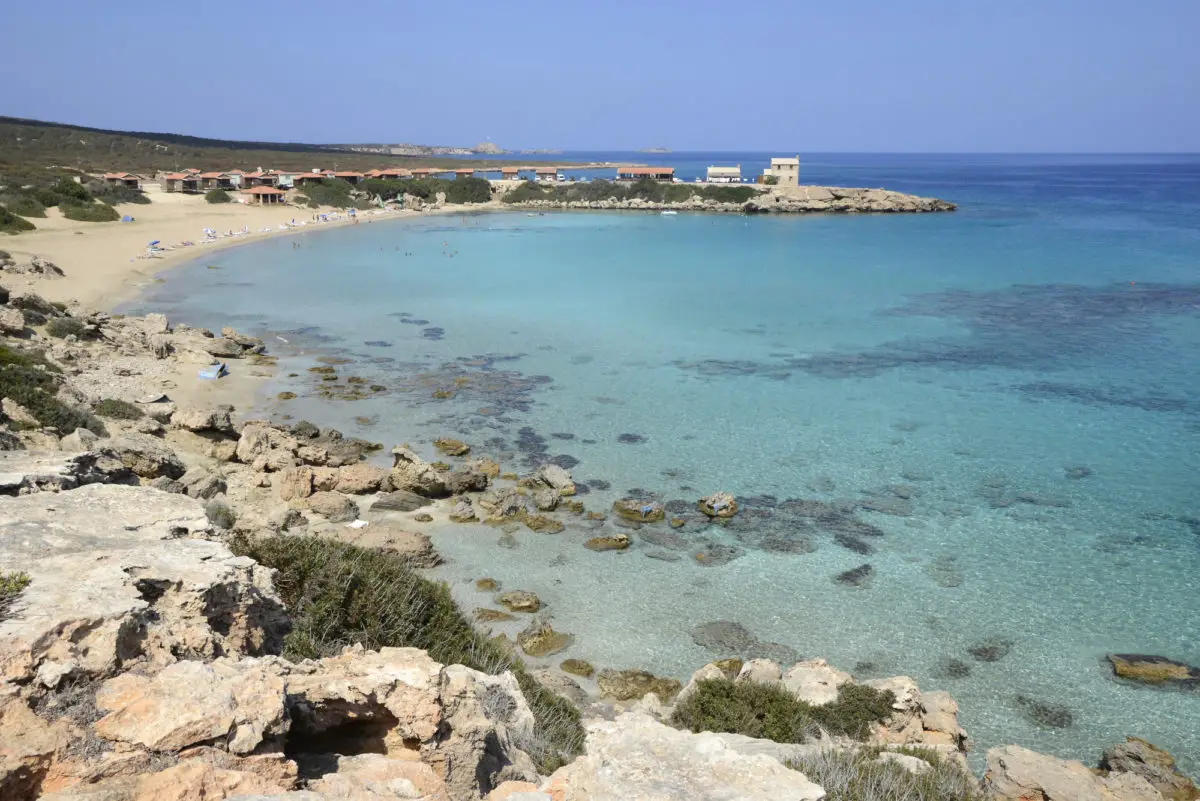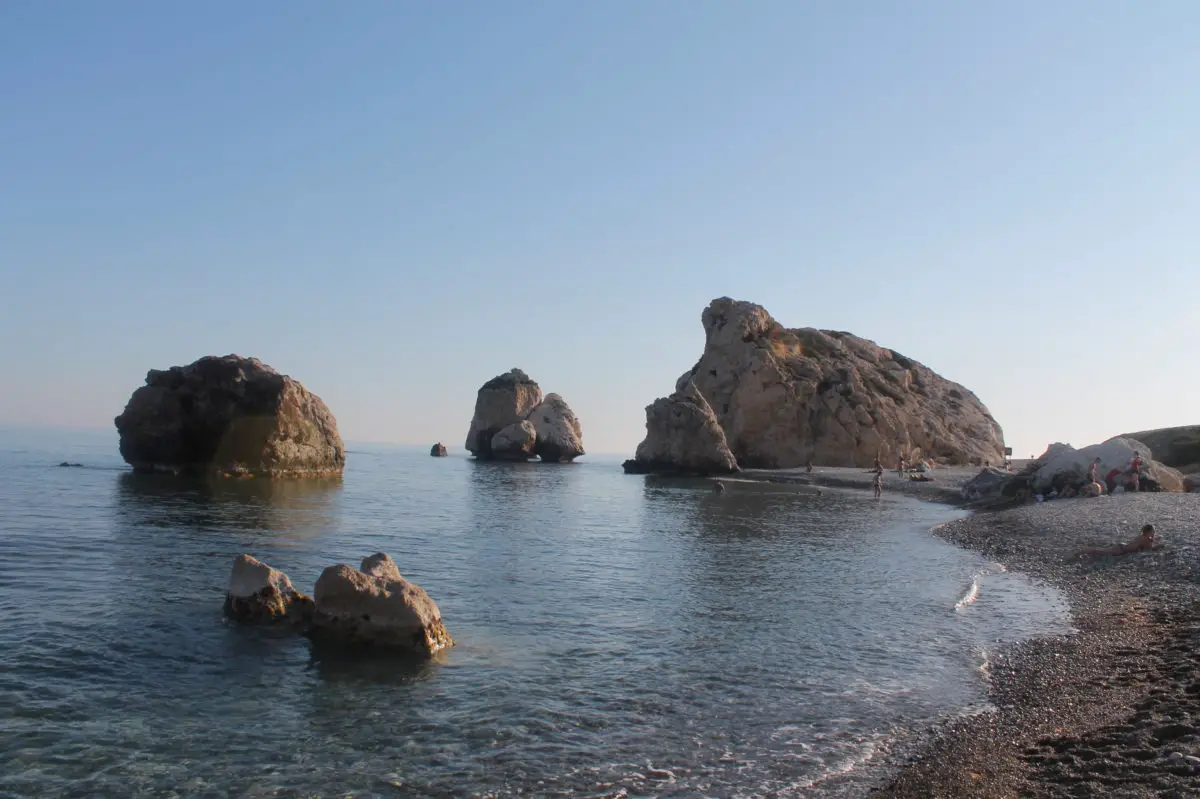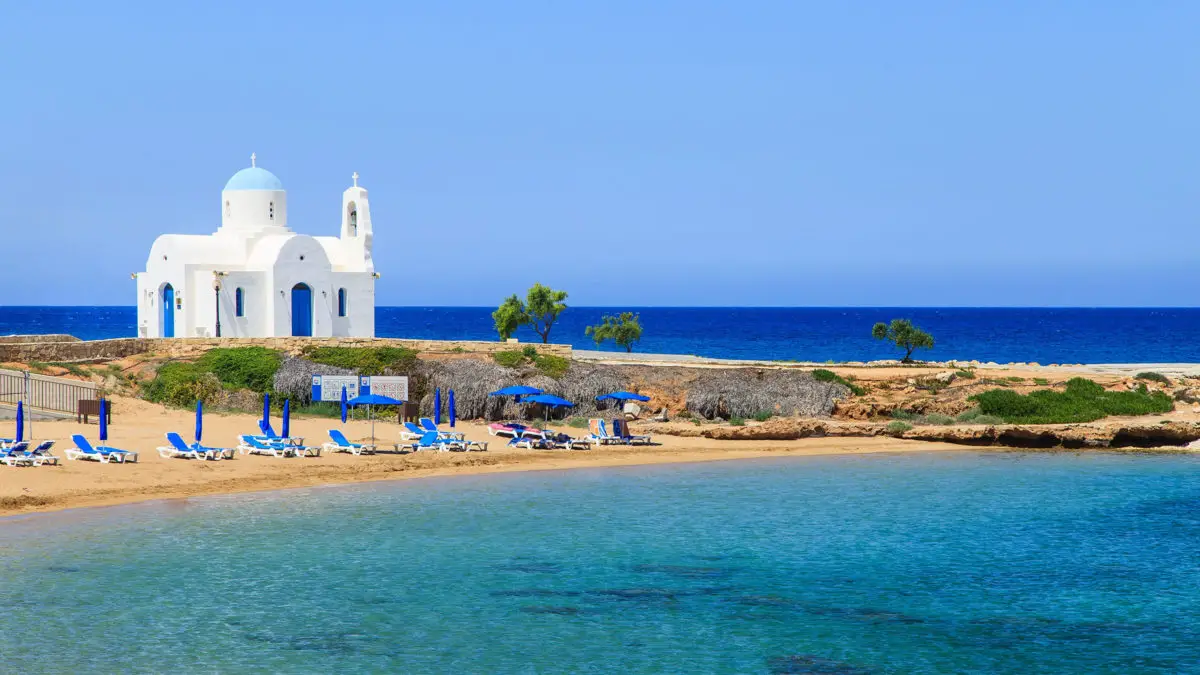Last Updated on September 19, 2023 by Hernan Gimenez
There are many islands in the Mediterranean, each with its own charm, but they all have one thing in common: beautiful beaches. In this article we will talk about the island of Cyprus and learn a little more about it.
Indice De Contenido
Where is the island of Cyprus located?
The island of Cyprus, officially known as the Republic of Cyprus, is a sovereign state and a member of the European Union. Its territory is divided into six administrative districts, within which we can find its capital, Nicosia. The island is located in the Mediterranean Sea, 113 km south of Turkey, 120 km west of Syria and 150 km east of Kastellorizo, one of the many Greek islands.
Cyprus became a member of the United Nations on 20 September 1960 and although it is an internationally recognised country, only two-thirds of the island is controlled by the Republic of Cyprus. What the Republic of Cyprus does not control is the northern part of the island, which was taken over by Turkey in 1974. The Turkish Republic of Northern Cyprus was established at that time and is recognised only by Turkey.
Geographically, the island of Cyprus is part of Southwest Asia, more specifically the Middle East. However, politically and culturally it is considered part of Europe. Its proximity to Asia has allowed it to be a link between Europe and Asia, but it must also be added to Africa because it is also quite close to that continent.
The island of Cyprus is the third largest island in terms of size, ahead of the islands of Sicily and Sardinia. The length of the island of Cyprus is about 160 km, plus about 72 km of a narrow strip of land at the north-eastern tip of the island.
In the Hebrew Scriptures we find a reference to the island of Cyprus, which in ancient times was called Kitim. It is also mentioned in these accounts that the island was a great producer of copper and wood of very good quality, both of which were exported to the coast of Tyre in Phoenicia for the construction of ships. The territory of Phoenicia is now in Lebanon.
Nicosia
As mentioned above, Nicosia is the capital of the island of Cyprus and the largest city on the island. Like the island itself, Nicosia is divided, with the southern part of the capital belonging to the Republic of Cyprus and the northern part to the Turkish Republic of Northern Cyprus.
In ancient times, the city of Nicosia was known as Ledra and was one of the twelve ancient kingdoms that existed on the island of Cyprus. It is a curious fact that Nicosia has been the capital of the island of Cyprus for over a thousand years, during which time it has been conquered by the French, the Italians, the Turks and the British Empire.
Throughout the city we can find traces of each culture that took over the city, for example in the historic centre of Nicosia we can see a large medieval wall that surrounds this area of the city, this wall was built by the Italians when they invaded the city.
Today this wall is the most famous monument in Nicosia, and the gates and bastions that can be found on the wall have been adapted to house important buildings such as the Town Hall. The northern part of the city is occupied by the Turks and is apparently the capital of the Turkish Republic of Northern Cyprus. It is important to note that Nicosia is currently the only divided capital in the world.
Generally speaking, Nicosia is a city known for its fast pace, which is typical of capital cities, but on the other hand it can be seen that the standard of living of the citizens of this city is one of the highest in the world.
History of Cyprus Island
The first inhabitants of the island of Cyprus were the Mycenaean civilisation, which developed between 1600 and 1200 BC, followed by the Phoenicians and the Greeks, who shared the territory of the island. In 1500 BC, Pharaoh Thutmosis III of Egypt conquered the island of Cyprus and forced its inhabitants to pay tribute, thus beginning the Egyptian domination of Cyprus. This domination came to an end with the invasion of the maritime peoples led by the Greeks around 1200 BC.
The mission of these invaders on the island was to shape its cultural identity, as Cyprus was an island that had not yet developed a culture due to the diversity of the civilisations that lived there. Pharaoh Amasis of Egypt reconquered the island of Cyprus in 600 BC, but the reconquest was short-lived and it was the Persians who took over the island.
After the Persian colonisation caused internal rebellions in Cyprus to fight for its independence, the city of Salamis, which was the most powerful of the various Cypriot kingdoms in that historical period, rebelled against Persian rule in 499 BC. Both this rebellion and the Greek attempts to liberate Cyprus failed.
It was the Roman Empire, led at the time by Alexander the Great, that was able to liberate Cyprus from Persian rule, which lasted for some 300 years. He conquered Cyprus in 331 BC and annexed the island to the empire. As a token of gratitude, the Cypriot navy helped the empire conquer Phoenicia.
With the death of Alexander the Great in 323 BC, the island of Cyprus became a target for invasion by rivals of the Roman Empire. This was because the island was not only rich but also in an enviable geographical position from which to plan raids into Asia or Europe.
The empire that took credit for the conquest after the Roman Empire was the Ptolemies, who came from Egypt. Despite this, the Roman Empire would strengthen and conquer Cyprus again in 57 B.C. For just over a hundred years, power in Cyprus remained stable, with the spread of Christianity, in the year 45, the preachers St Paul and St Barnabas introduced this religious belief to Cyprus, becoming the first country in the world to have a Christian governor.
With the fall of the Roman Empire around the year 111, the island of Cyprus was controlled by the Byzantines and later by the Arabs, and for periods of time this rule was effectively shared. In 1192, Cyprus was conquered by the Crusaders under the command of Richard the Lionheart, who crowned himself King of Cyprus.
Independence and partition
In 1960, Turkey, Greece and the United Kingdom, together with the Turkish Cypriot and Greek Cypriot communities living on the island, signed an act declaring the independence of the island of Cyprus. This agreement provided that the military bases at Acrotiri and Dhekelia would belong to the UK.
On the other hand, this independence treaty also stipulated that Makarios II, a Greek Cypriot leader and Archbishop of the Cypriot Orthodox Church, would be the President of the island, while the Turkish Cypriot community would be in charge of the Vice-President of the nation and the constitution stipulated that the Vice-President would have veto power.
This particular constitution imposed by the Treaty of Independence made it very difficult for the island of Cyprus to function as an independent state, as relations between the Greek Cypriot and Turkish Cypriot communities became increasingly strained over time, culminating in a social implosion in 1963 and the lifting of the borders between the two communities.
These tensions between the communities came to a head on 15 July 1974, when a coup d’état was staged by the Greek community and supported by the Greek dictatorship of the time. This coup led to the establishment of a legitimate government on the island under Greek rule.
This coup provoked a violet reaction from the Turkish government, which consisted of sending 30,000 soldiers to the island, who landed in the northern part of the island and occupied a third of it. This invasion led to the creation of the Turkish Republic of Northern Cyprus, a state recognised only by Turkey.
As for the Republic of Cyprus, it joined the European Union in 2004, the same year that a referendum was held in that country on the possible reunification of the island, the result of which was that 76% of the Greek Cypriot community rejected this proposal.
What to do on the island of Cyprus
Cyprus is a country very rich in culture, since its various invasions throughout history have left cultural traces on the island that have been well adopted by its inhabitants, on the other hand, being an island, it is obvious that its beaches are its main tourist destination. Below are some of the activities you can do on the island of Cyprus.
Archaeological Museum of Cyprus
The Archaeological Museum of Cyprus is the largest and oldest museum in Cyprus, housing artefacts discovered during the various excavations carried out on the island. The museum houses the largest collection of Cypriot antiquities in the world and is located in the centre of Nicosia.
Khirokitia, an archaeological site
The most important archaeological site on the island is Khirokitia, which is believed to date back to the Neolithic period, around 1900 BC. It was declared a World Heritage Site by UNESCO in 1998.
The site was discovered in 1934 by Dr Porphyrios Dikaios, later director of the Cyprus Department of Antiquities, and his assistant Joan Du Plat Taylor. The two carried out six excavations between 1934 and 1946, but the excavation of greatest cultural value was that of the archaeological site of Khirokitia.
This site is located on the side of a hill in the valleys of the Maroni River, 6 km from the southern part of the island. Studies of this archaeological site have shown that it was inhabited between the 7th and 4th centuries BC. Khirokitia was a closed village, separated from the outside world by a wall two metres thick and three metres high. The houses within the perimeter of this wall were circular structures that stood side by side and were called “tholos”.
The internal divisions of each of these circular structures depended largely on their intended use. For example, if the partitions of the house were low, they would have been used either for work or for rest. Inside these structures, ovens have been found which were probably used for both cooking and keeping warm.
There is evidence that these structures had pillars supporting an upper floor, so it is thought that the tholos also functioned as huts with an open courtyard, and that several tholos formed a single house.
Other findings from this archaeological site have allowed the scientific community to determine that the height of the inhabitants of this village was between 1.61 and 1.51 metres. On the other hand, it was discovered that the dead were buried huddled under the houses. In some cases, food was left for them, because this civilisation had a kind of cult with their ancestors.
The society that developed at this site is believed to be the oldest on the island of Cyprus. It was a highly developed and well-organised society that lived mainly by hunting, gathering and stockbreeding, and they developed quite well in agriculture, which was based on the cultivation of cereals. As far as gathering was concerned, they mainly collected fruit from the wild trees that grew alongside the wall, nuts, figs and olives. From the remains of bones that have been found, it is believed that this society hunted only sheep, goats, pigs and deer.
The village of Khirokitia was suddenly abandoned for unknown reasons, probably around 6000 BC. In fact, all the evidence suggests that the island was abandoned for around 1,500 years until the arrival of the Sotira people, a society about whom little is known.
Best beaches
In addition to its history, Cyprus is known for its enviable beaches, similar to those found in the Caribbean. Below are some of the best beaches on the island of Cyprus.
Phinikoudes
The tall palm trees and quiet walks along the seafront are some of the most attractive aspects of Phinikoudes Beach, the main beach in the coastal town of Larnaca on the east coast of the island of Cyprus. Its central location and clear waters make it a popular spot for locals and tourists alike, while the restaurants and cafes that line the beach are another attraction.
This beach allows us to do a lot of activities, we can relax and enjoy a book while enjoying the Mediterranean sun, children can play on the beach without any problems as the waves are quite gentle, you can enjoy the sea and swim without any problems as the water temperature is quite pleasant and the water is not too deep.
The climate at this beach is pleasant all year round, even in winter, and the cleanliness and service provided by the lifeguards is first class. One thing that cannot be overlooked is the large number of colourful umbrellas on Finikoudes beach, which have become an emblem of the place.
Another of the many activities that can be enjoyed on this beach is beach sports, both volleyball and football, all in the company of the cool sea breeze and the apartments that surround the beach.
As for the restaurants and cafes around the beach, you can stop and enjoy not only a good meal, but also the prestigious breeze that these establishments have. If you want something to drink on the beach, there are street vendors selling fruit juices, which are ideal for refreshment.
Finikoudes beach is located to the east of the old town of Lanarca. It has the shape of a triangle, where the northern part of the beach is wide and leads people to the narrower part of the beach, which is located to the south. Near this beach you can also find the Plaza de Europa and the church of San Lázaro.
Pachyammos
This is a very peculiar beach as it is a small beach criss-crossed by lava rocks. Pachyammos beach is just outside the centre of Paphos and can be easily reached by bus or rented car. On this beach there is a small chapel painted in blue and white, a very characteristic Greek design.
One activity that attracts many tourists to this beach is the sunsets that can be seen here. Many tourists and even locals come to this place and sit on the benches near the beach to enjoy the sunsets.
There is an adults only hotel on the beach which has beds, sunbeds and parasols on the beach for hotel guests only. There is also a beach bar and massage parlour in the same style as the hotel.
However, like all beaches in Cyprus, Pachyammos beach is public and can be used by anyone who happens to be there. In the summer, local families like to go to this beach and sit on the sides, which are the least crowded parts of the beach. In the middle of the beach the water is quite calm and ideal for children to swim in.
Kapparis
Kapparis beach is located just five kilometres north of the coastal town of Protaras in the north of the island of Cyprus. Kapparis beach is surrounded by houses that appear to be of recent construction and many English people have bought land in the area to spend their holidays on this beautiful beach.
This beach is not very popular, although tourism is slowly coming to this beach and this is being taken advantage of by the shops and restaurants which are constantly being refurbished to cater for more and more tourists.
In addition to private houses and restaurants, Kapparis beach has many options for hotels and hostels to stay in, and many of these modern houses are rented out in the low season. This beach has one of the best views on the island of Cyprus and is also one of the quietest beaches on the island.
Aphrodite’s Rock
Before approaching this beautiful and distinctive beach, we must begin with the origin of its name, ‘Aphrodite’s Rock’. According to Greek mythology, this is the birthplace of Aphrodite, the goddess of love and seduction.
Legend has it that Aphrodite was born when the titan Cronus cut off the testicles of Uranus, the personification of heaven in this mythology and also the father of Aphrodite, and threw them into the sea. As soon as the testicles fell into the sea, a foam was formed and from this foam a maiden emerged. The waves carried the maiden first to a Greek island called Kythera and then to Cyprus.
The place where the Rock of Aphrodite is located is marked by some rocks that are positioned on the shore of the beach, tourists are not allowed to climb them, but people can approach them and enjoy a swim in this beach. Something important to note is that this beach is not very friendly as far as its waves are concerned, so if you are not a very good swimmer, it is advisable to take a walk along the shore of the beach.
Although it is true that the place is known as the Rock of Aphrodite, these rocks are actually called “Petra tou Romiou”, referring to a Byzantine hero who, according to legend, threw some rocks into the sea to protect his beloved from pirates.
Protaras Beach
Protaras Beach is one of the most famous beaches on the island of Cyprus, with its fine golden sands and calm, clear waters, making it an ideal beach for young children. The name of the beach comes from the fig trees that grow just a few metres from the sand, giving it a unique landscape among all the beaches of Cyprus. Because of all these characteristics, Protaras beach was voted one of the three best beaches in Europe in 2011.
Another special feature of this beach is a small islet that rises very close to the shore, an area that can even be reached by swimming. Other activities such as water skiing and windsurfing are also possible on this beach.
Features
We cannot ignore the characteristics of the island of Cyprus that make it a popular tourist destination for Europeans. We will now take a closer look at the climate and the flora and fauna that can be found on this island.
The Climate
The climate on the island of Cyprus is basically temperate Mediterranean, with warm, dry summers, while the winters are not as harsh as in the rest of Europe, although the cold can be considerable in the most remote areas of the island. It is not an island where it rains a lot, the rainy season being between December and February.
Flora and fauna
Nearly 20% of the island’s vegetation is made up of woodland, with shrubs and flowers characteristic of this type of vegetation. As far as the flora of the island is concerned, there are up to 1,800 species of flowers, 7% of which are endemic.
The fauna of the island of Cyprus is very varied, about 365 species of birds have been found, of which only 115 breed on the island, and as for the land animals, the musmon, a species of ram, is the most emblematic of the island.
In this article we have learned about the island of Cyprus, which is a popular tourist attraction in Europe, both for its beaches and its history. This last topic is the one that sets the tone on the island, as the large number of invasions over time have greatly influenced the culture and geography of the island, although there are political problems on the island you can enjoy a pleasant atmosphere and exceptional beaches. You may also be interested in the following articles:
- Find out more about Lake Tequesquitengo in Mexico.
- Find out more about Lake Zirahuén in Mexico.
- All about Lago Maggiore in Italy and Switzerland.
- All about Laguna Torre, with its incomparable views.

